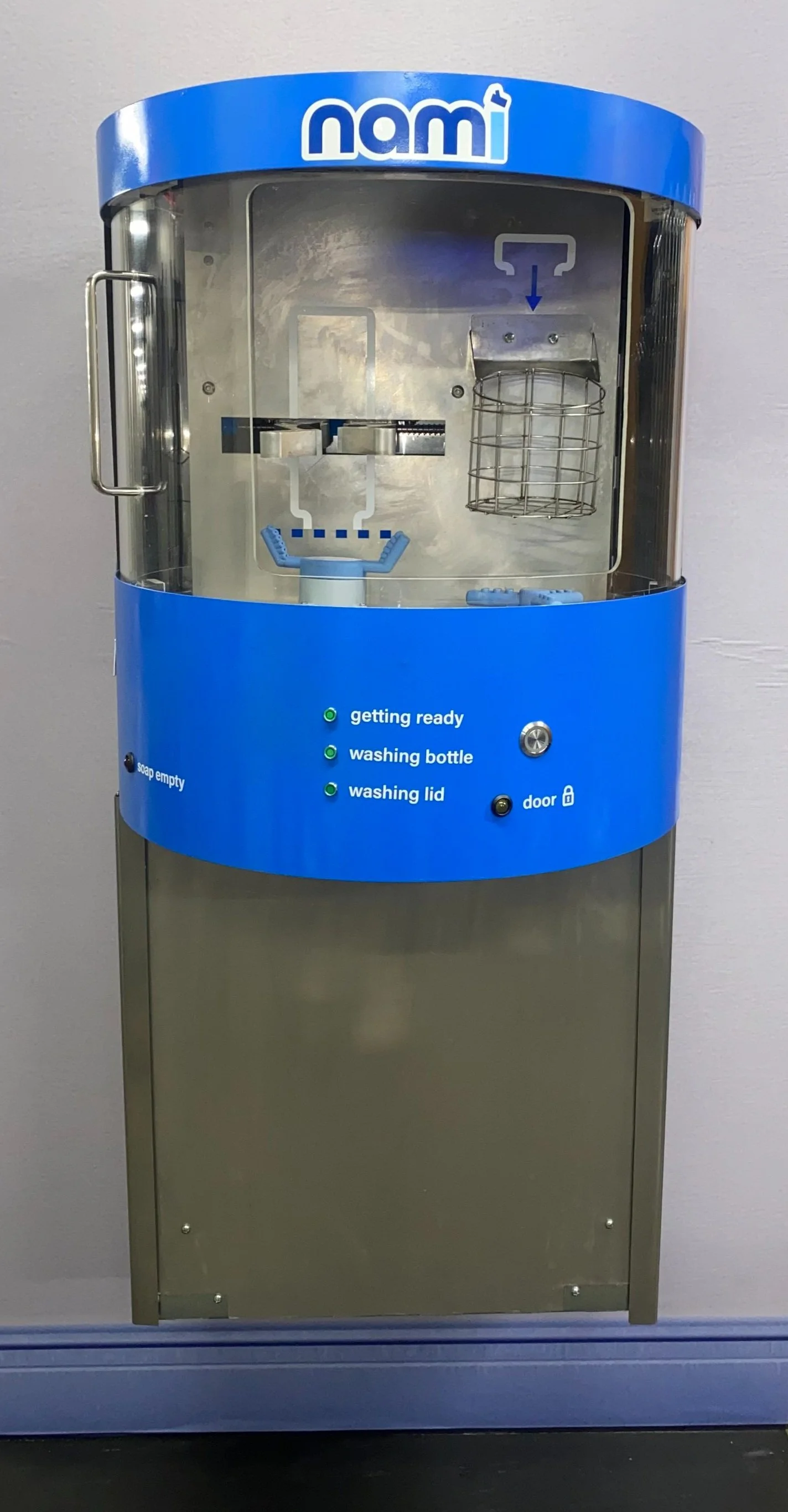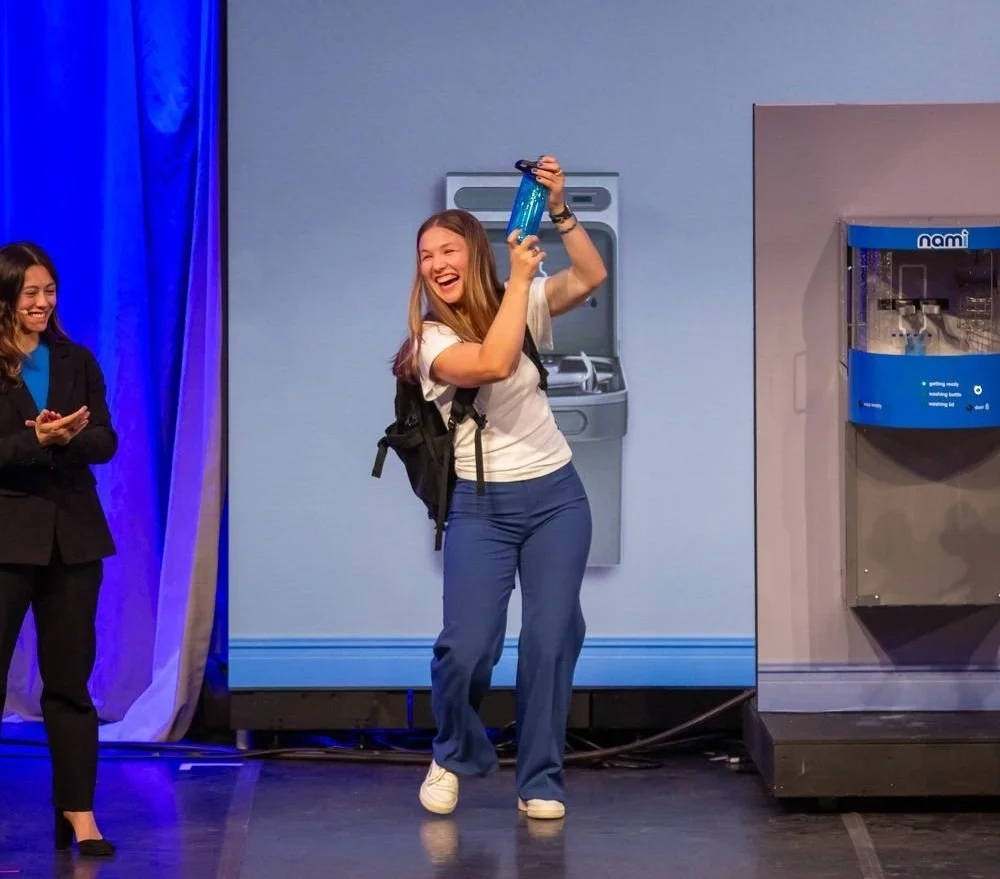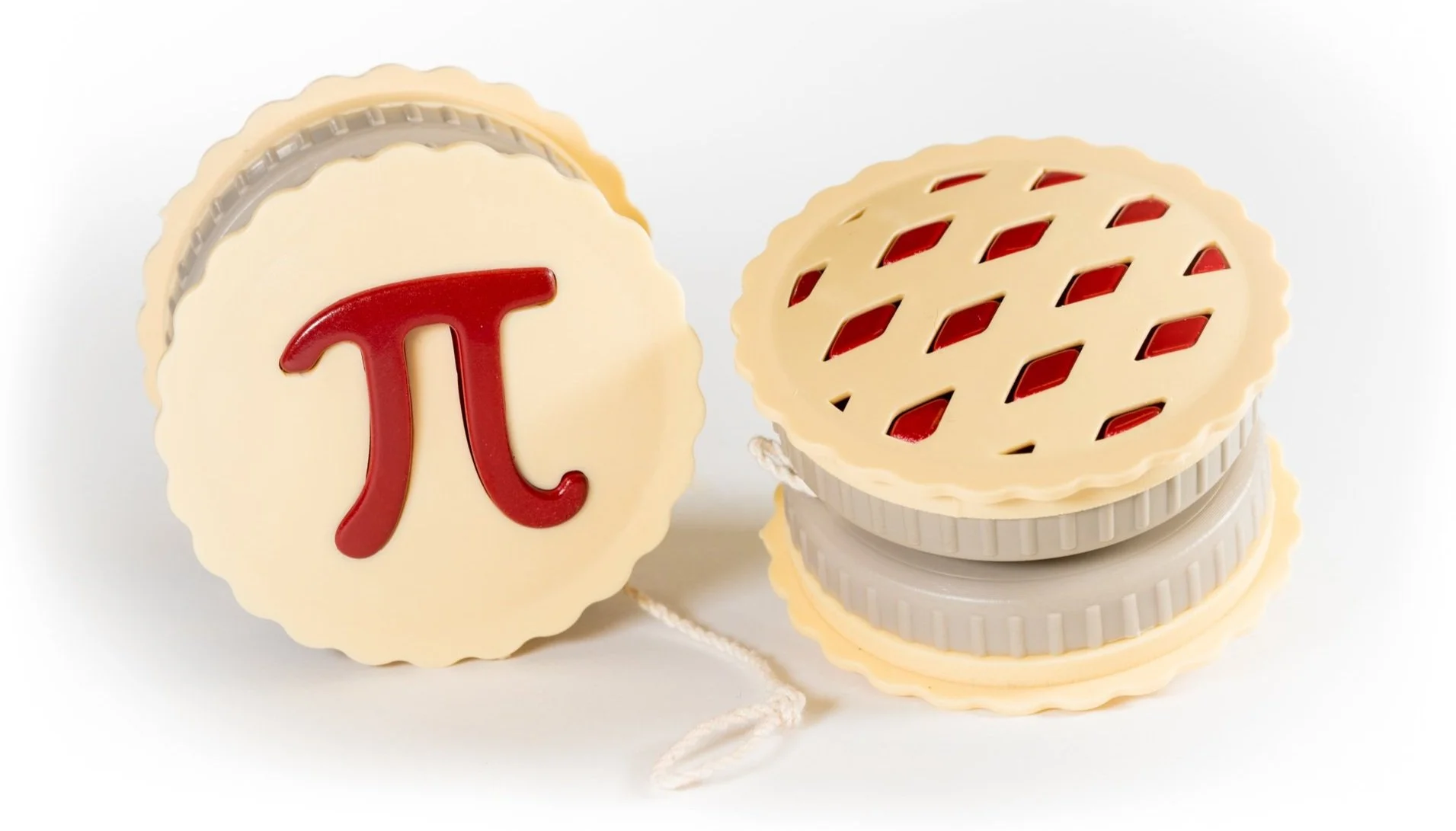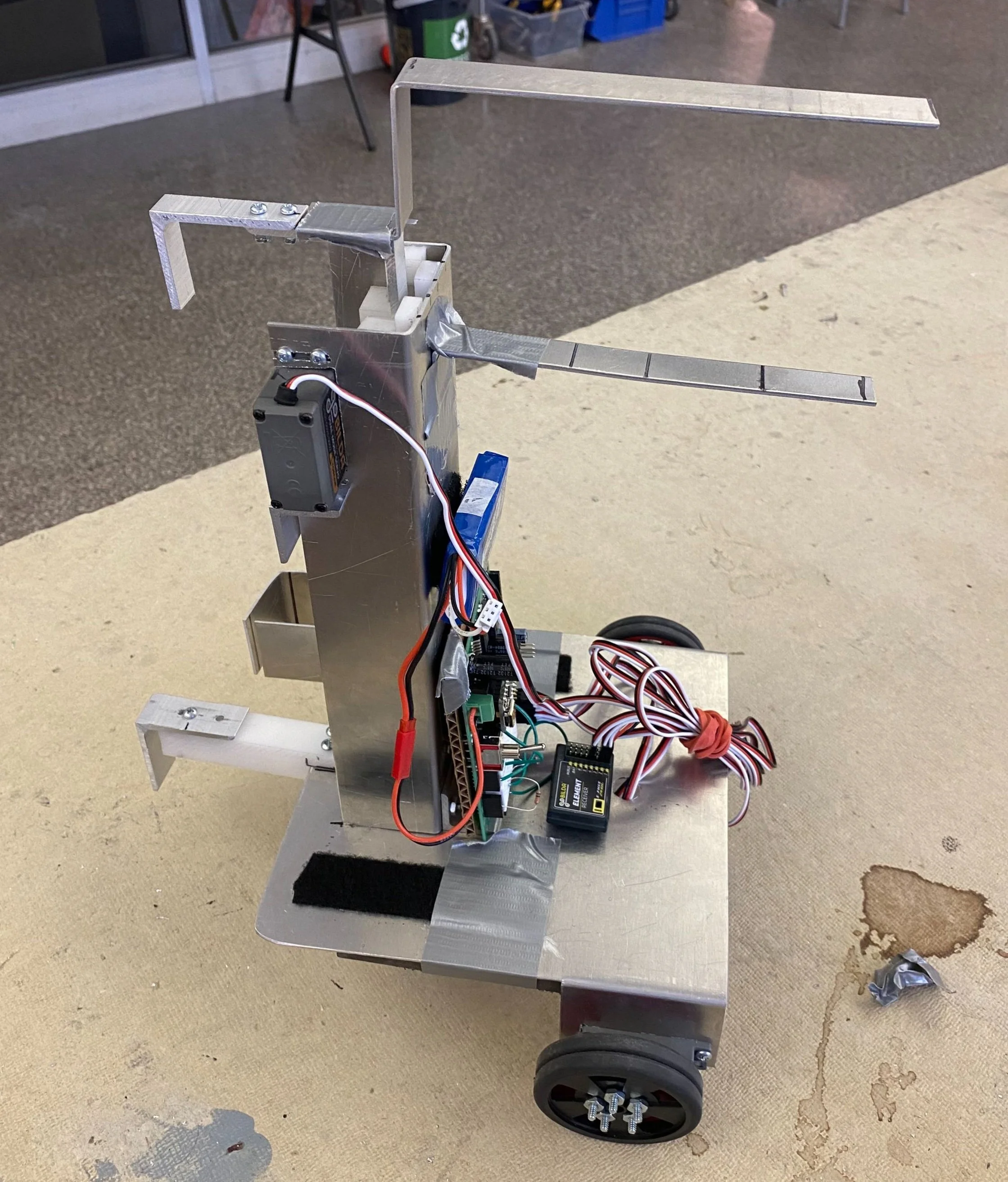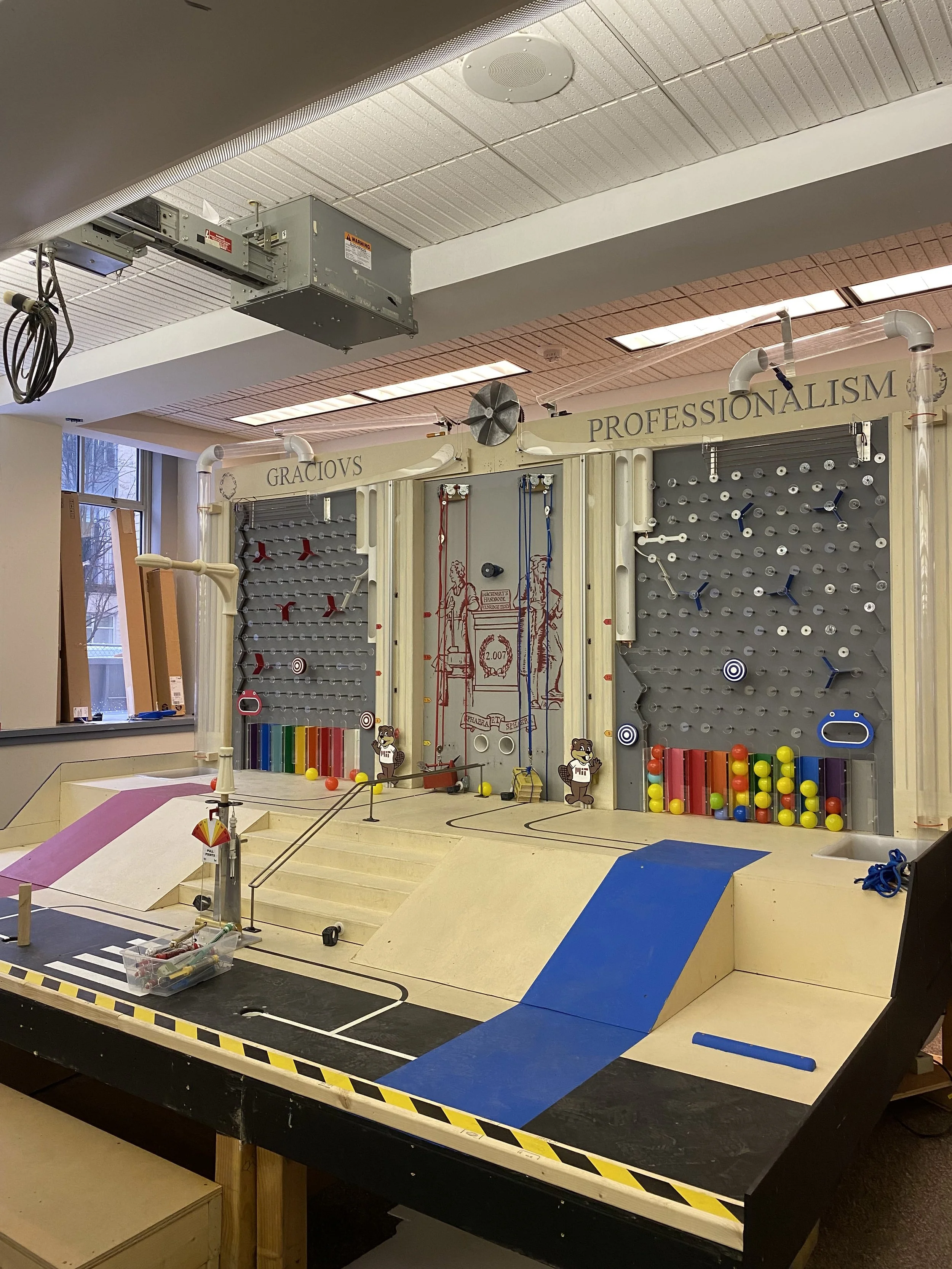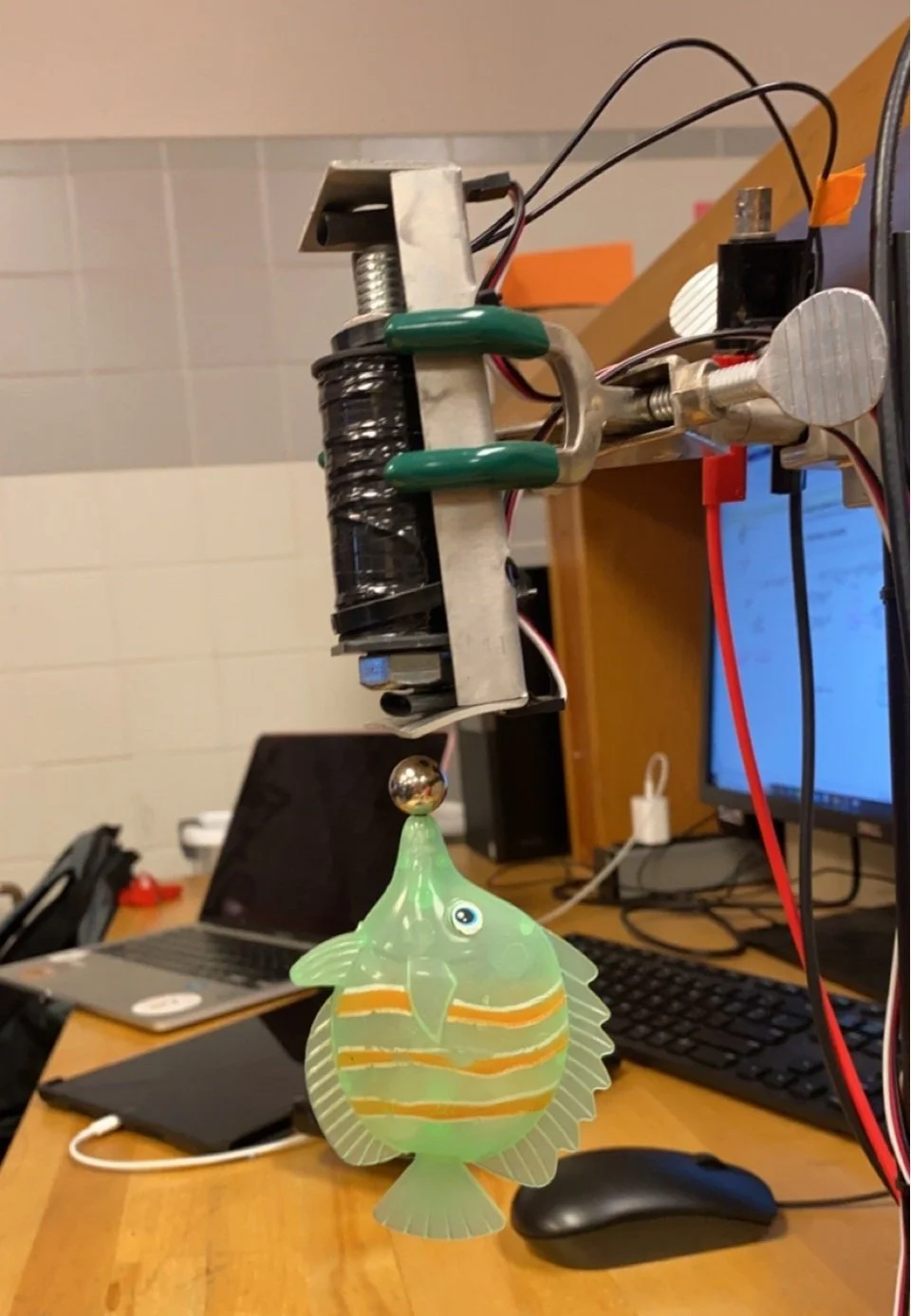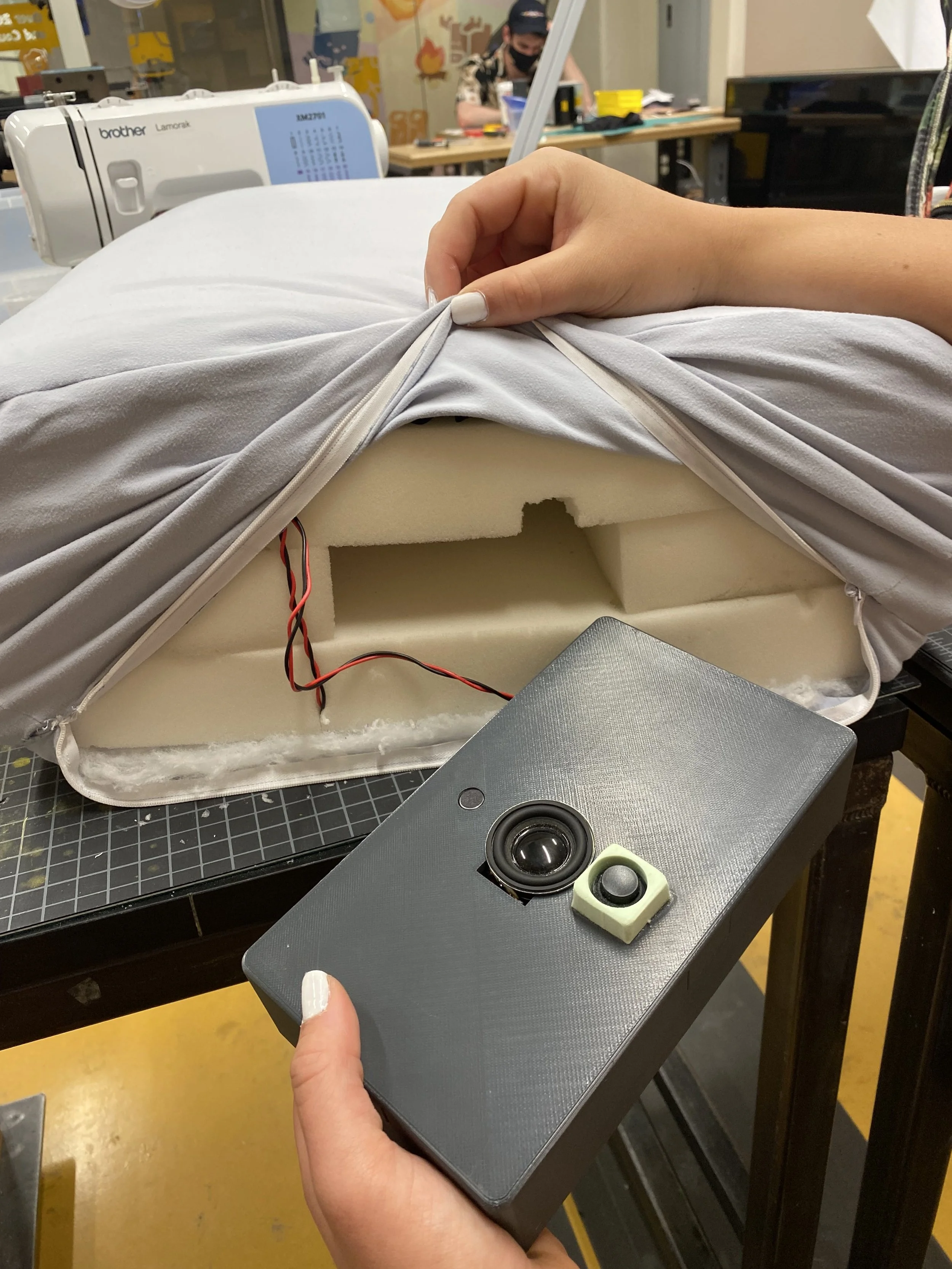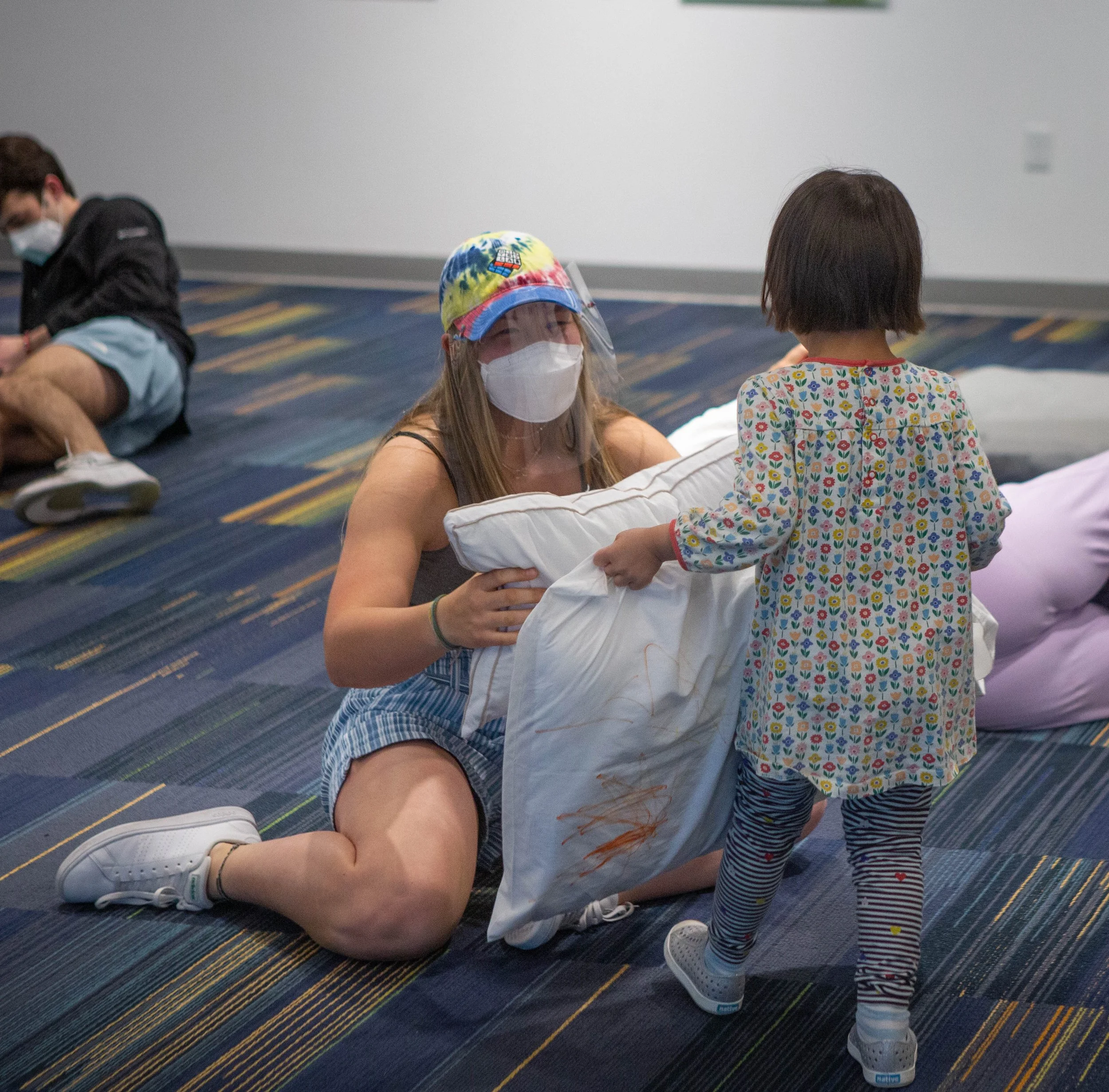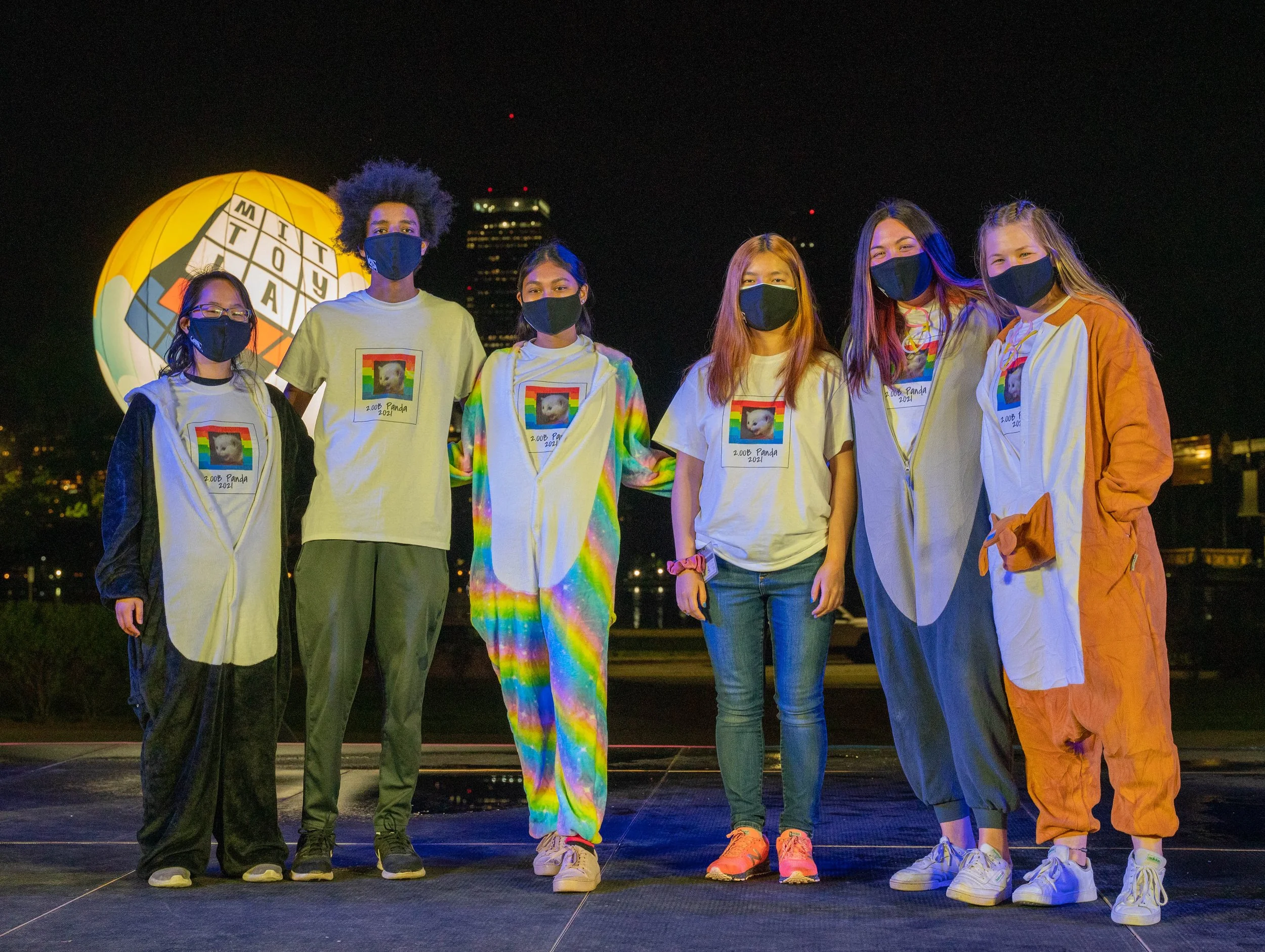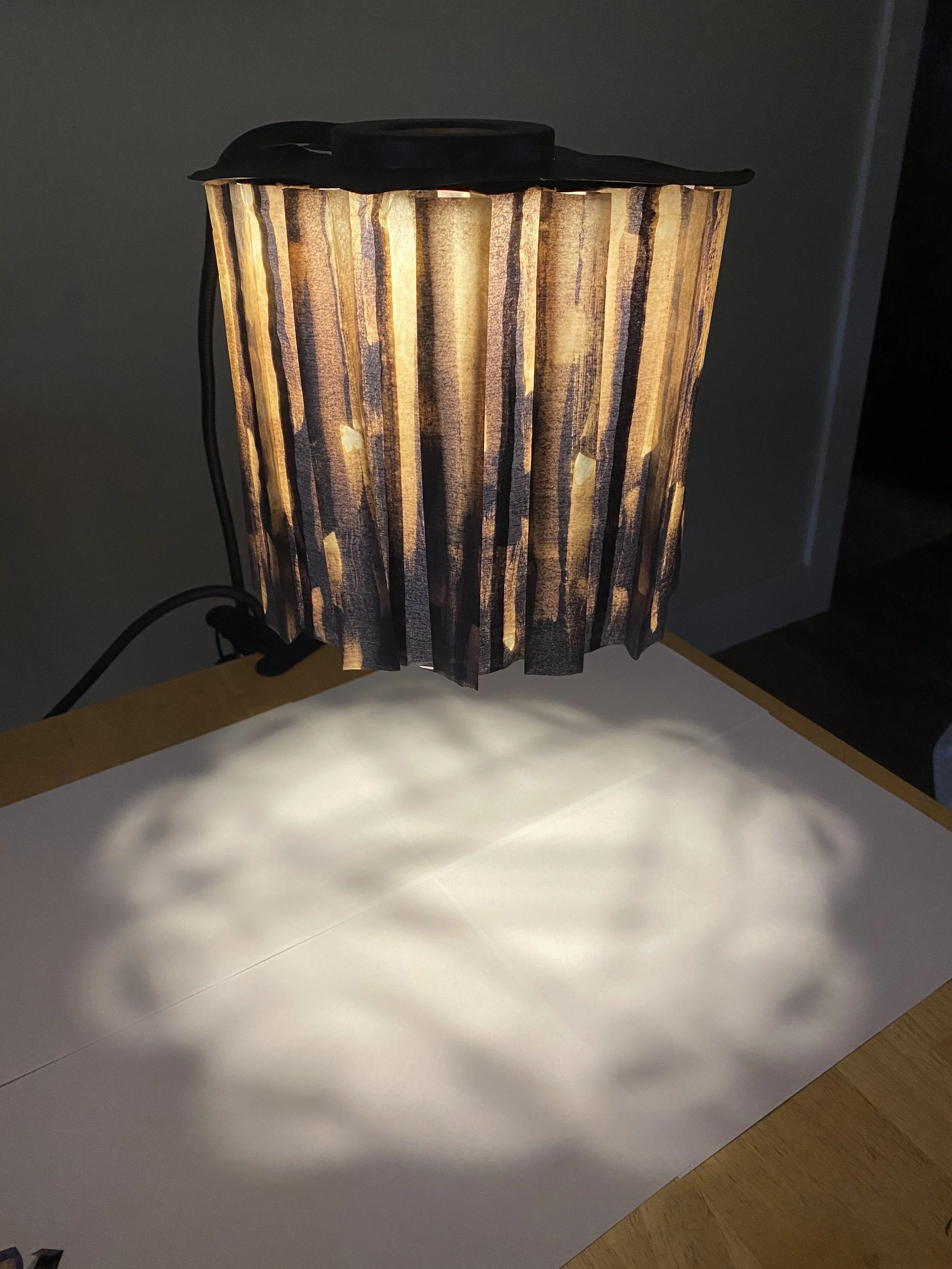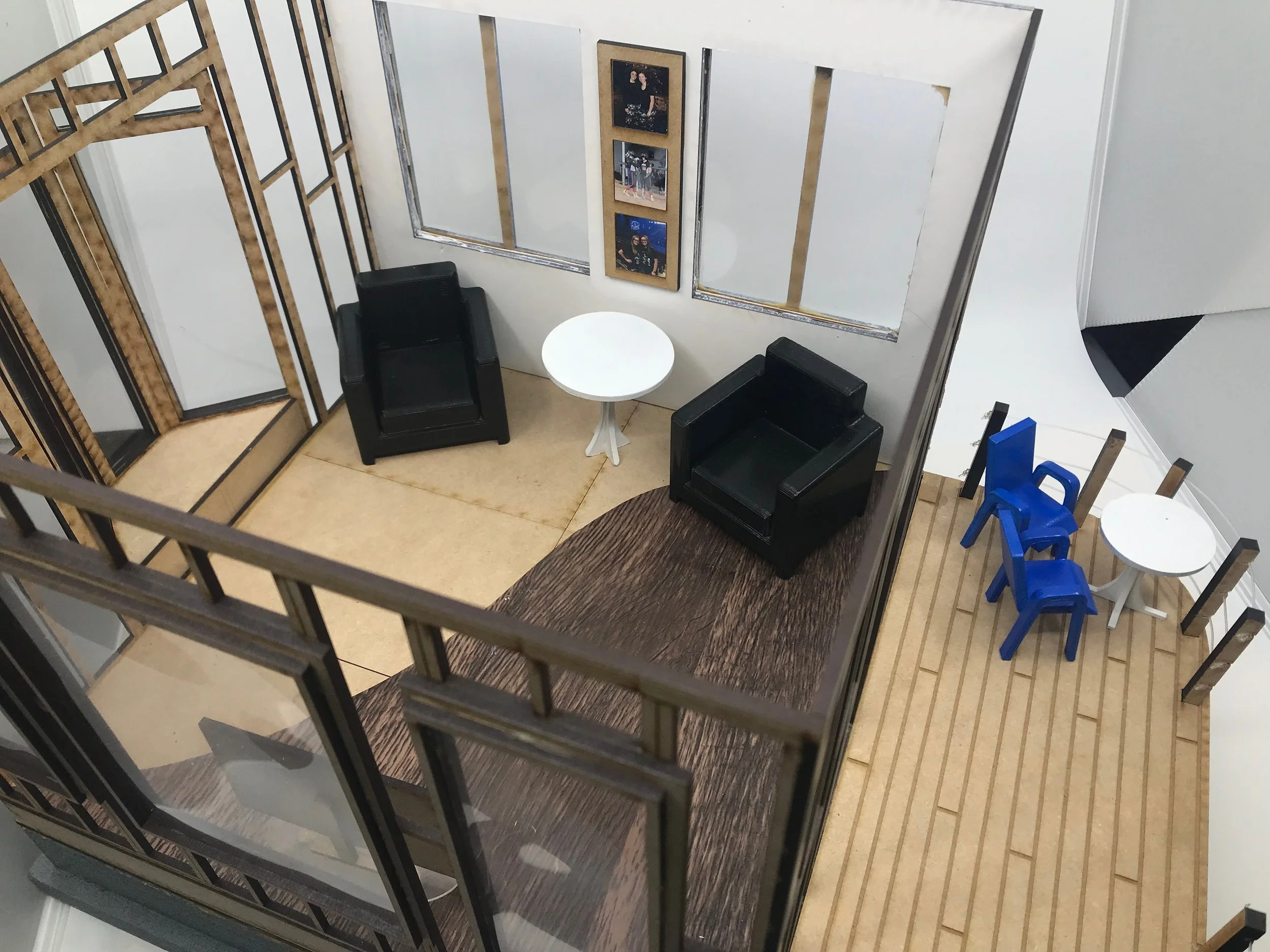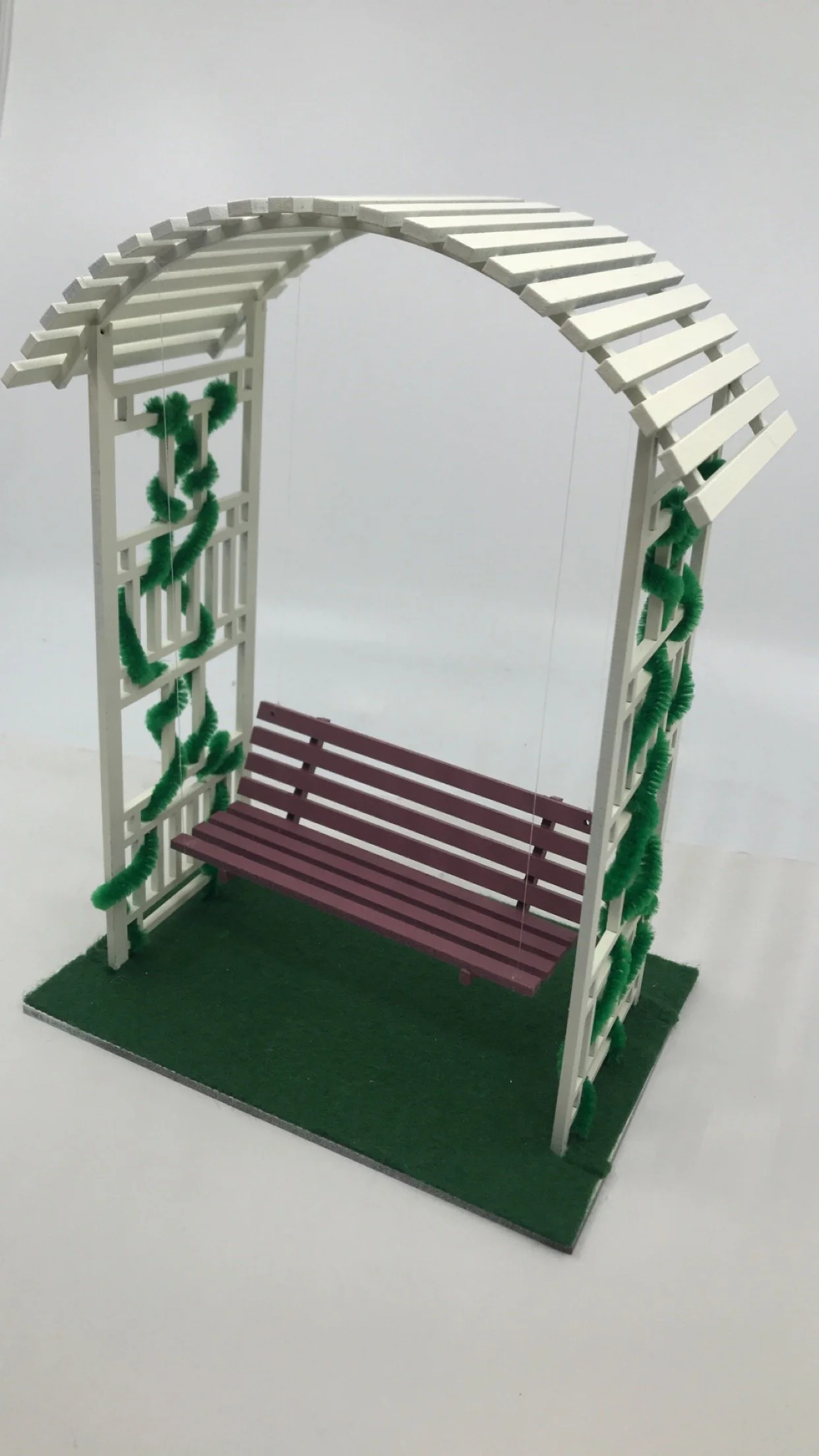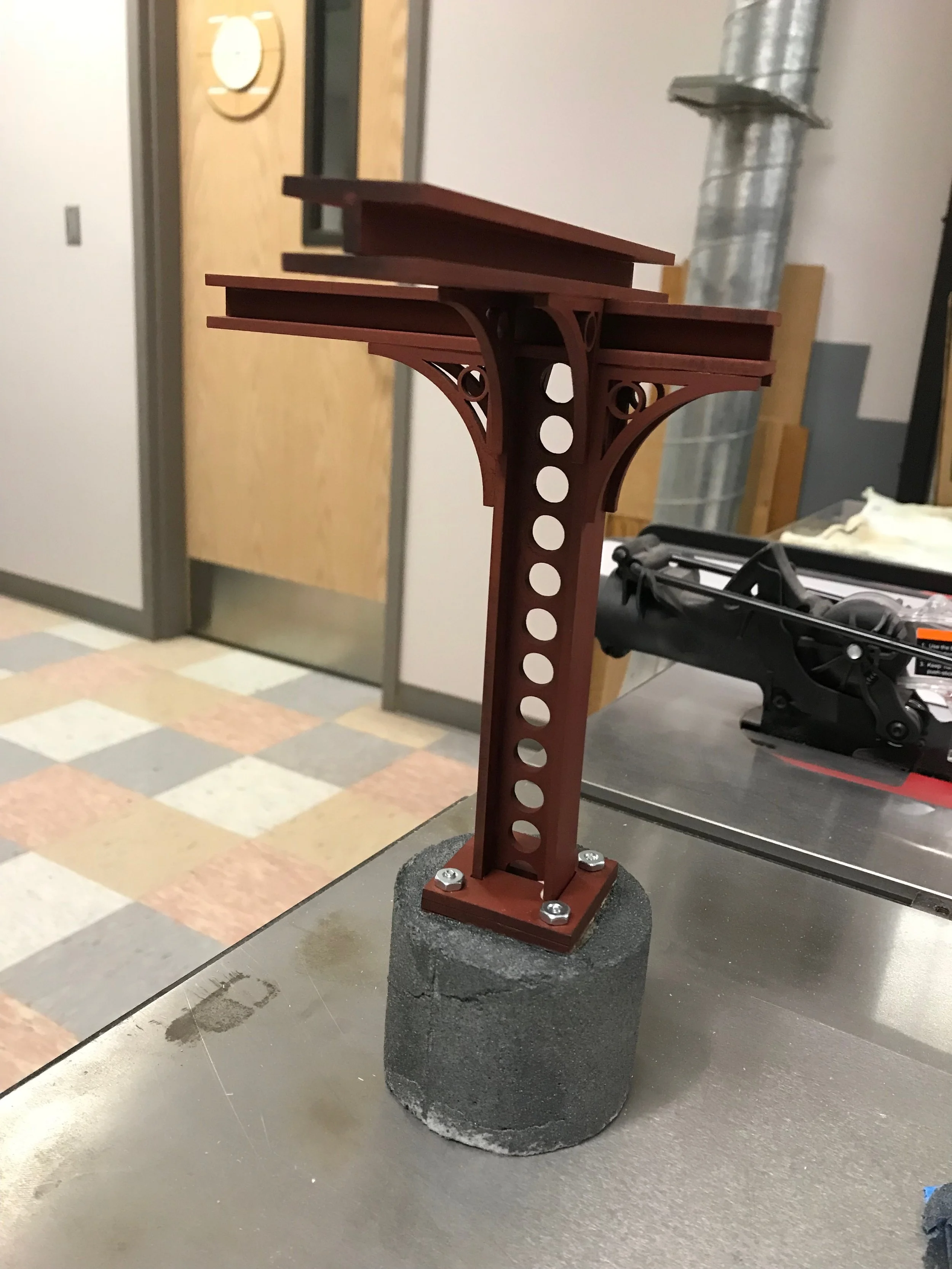Projects
The Product Engineering Process
Fall 2023
— Concept Generation, Design, and Prototyping —
This product design class is a communication intensive capstone class for mechanical engineers, which focuses on the construction and testing of an alpha prototype. Collaborating with a team of 16, we created a water bottle cleaning station designed to be placed near existing water filling stations. My primary role included designing the plumbing system to heat water, insert detergent, and maintain optimal pressure and flow rates for effective cleaning. Additionally, I worked on the integration of this system with our nozzles and both the inner and outer structure of the device. Throughout the class, we produced models, performed tests, communicated with potential customers and users, developed engineering specifications, and presented our work. The final product was launched in December 2023, drawing a live audience of approximately 2,000 and 4,500 online viewers.
Cleaning of a Water Bottle on Stage
Final Alpha Prototype
Final Presentation Demo
Design and Manufacturing II
Spring 2023
— Modeling, Machining, and Manufacturing —
This course focused on modern manufacturing methods, especially emphasizing manufacturing processes, equipment and its control, systems, and design for manufacturing. This was taught through class lectures, assignments, and a lab section. In the lab, the main objective was to design and manufacture 50 yo-yos, while working in a group of six people. I was primarily responsible for the CAD model of the yo-yo, ensuring the press-fit worked, designing the thermoform molds, creating a unique self-centering punch and die for the thermoform parts, and running both the IM and TF machines. I also gave our final Manufacturing Review presentation explaining our critical dimensions, our process plan, bottlenecks and productivity, and adjustments for future iterations.
Final Yo-yo Design
CAD Model
Parts for Yo-yo Assembly
Design and Manufacturing I
Spring 2022
— Design, Analysis, and Prototyping —
In this course, I was tasked with designing a robot to complete a unique set of tasks on a “gameboard.” The completion of the robot involved creating design requirements, generating mechanism ideas, evaluating strategies, designing and demonstrating the most critical module, producing integrated mechanism designs, assessing the success of potential designs, executing plans, and iterating and updating the design as problems arose. Throughout the course, I used physics to analyze the potential success of integral mechanisms to my robot, which included analyzing forces required to push buttons or pull down a lever, understanding how gear size impacts the rack and pinion performance, identifying the center of mass required to climb the ramp, and finding the mass required to keep the robot on the ground when performing tasks.
Final Robot Design
Robot Performing Main Task
Competition “Gameboard”
Dynamics and Controls II
Fall 2022
— Modeling and Simulation —
This class focused on learning the fundamentals of controls. Topics included modeling physical systems, using the Laplace transform, understanding fundamental signals, constructing root-locus plots, designing lead and lag controllers, and working with Nyquist stability. These topics were further explored in the lab component of the class, where I was tasked to work with a partner to design controllers to control physical systems. This included designing a PID controller for the mini segway pictured in the video and the magnetic levitation system in the photo using MATLAB.
Magnetic Levitation System
Mini Segway
Toy Product Design
Spring 2021
— User Research, Concept Generation, and Prototyping —
This course provided an overview of how to design for entertainment. I worked with four other students to develop a prototype of a new toy. We brainstormed and sketched ideas, produced and presented sketch models, and ideated on these ideas to create our final prototype. Some of the models we took and presented to the children’s museum to receive feedback directly from potential users. Our team’s final product was a big pillow that made noise when it was hit, and the pillow contained a box on the inside where users could record their own sound to add to the library of existing sounds. I was tasked with making the box that housed the electronics and designing the foam around the electronics housing to ensure the toy was safe to use.
Final Toy
Play Testing at the Children’s Museum
Team at Final Presentation
How to Design
January 2021
— Creativity and Design —
In this class, I focused on my creativity and abstract thinking while working on two main design projects. The first was a drift drawing where I came up with a set of rules to create a drawing in the same “family” as the original, and the second was a light shade made of paper. Throughout both of these projects there was a focus on effective communication to other designers and mentors and the ability to apply fundamental principles of design to different types of projects.
Drift Drawing
Finished Light Fixture
Engineering CAD and Prototyping
Fall 2018 - Spring 2019
— Modeling and Prototyping —
This course focused on learning fundamentals of CAD and prototyping, which included the use of 3D printers and multiple laser mills. There were a series of smaller prototyping projects like the model of the red iron beam structure and the arbor swing shown, but the main project was creating a more detailed home. This model had a foundation, joists, a subfloor, walls with insulation, roof trusses, roof panels, swinging doors, a curved deck, and a bay window. Additionally, it was decorated with interior elements, and many elements were painted. The whole house was designed to show some of the elements below the finished product, so things like the roof are half finished.
Completed House
Completed House Interior
Arbor Swing
Red Iron Beams
